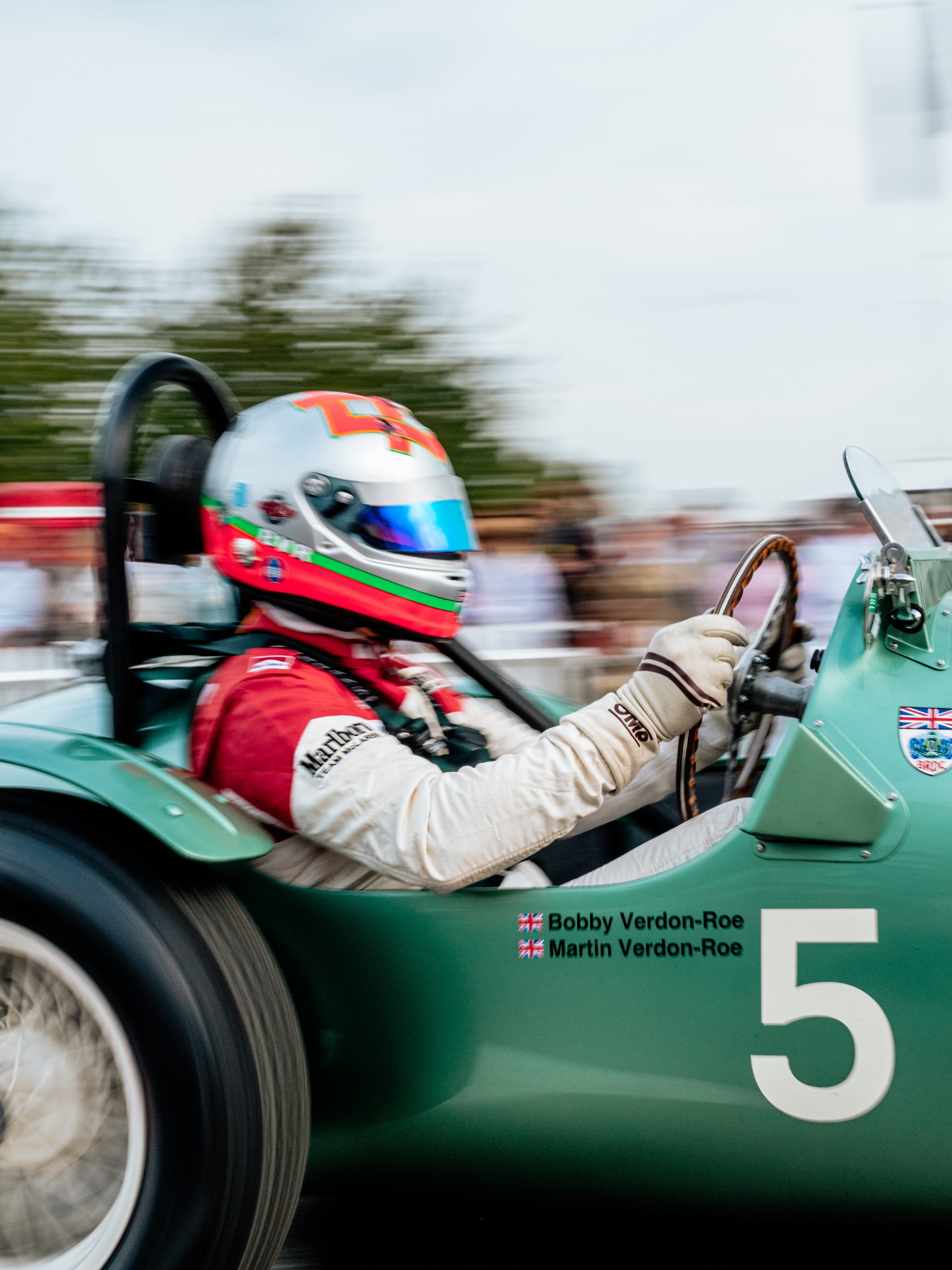Driving a one-off Aston Martin DB5 V8 prototype | Thank Frankel it's Friday
 Andrew Frankel
Andrew Frankel
Like most of us, sometimes I wonder how I’d choose to earn my living if I had my time again and couldn’t do what I already do. And once I’ve got past ‘racing driver’ it’s always the same occupation I settle upon: I’d be a chassis engineer. Except I wouldn’t, because these people all come with first class degrees from first class universities in first class science-based subjects, whereas I never even got to a Uni. Even so, I think I’d enjoy most aspects of the life, and the process of working in a team of talented people, honing the rawest of raw materials into something fit for sale to the general public.

Except there’s another reason it all falls down. I wouldn’t want to be a chassis engineer now, because I’d get far too bored working on all the electronic systems that govern so much of how cars drive today. I’d like to have been one around 60 years ago, when it was still all drawings, oil, metal and rubber.
Take Bill Bannard as an example. His task in the 1960s was to create a testbed chassis which would take both the new V8 motor and De Dion rear axle that Aston Martin had planned for the forthcoming DBS. It would need to be something that, save for being an Aston, would draw little or no attention wherever it went, yet would allow them to develop both an engine and rear suspension the like of which had never been used on any production Aston road car before.
What he created was the most beautiful Frankenstein’s monster there has ever been. On the outside it looked just like a DB5, but was actually based on the longer wheelbase of the DB6 chassis, which had itself been adapted to take the new engine and rear suspension.

But the most extraordinary thing about this car is that it survived. It was destined for the crusher in 1969, and the reason it escaped has long since been lost, but survive it did, survive it still does and, a little while ago I drove it.
It is today a rather better, more finely honed tool than it would have been in 1965 when it was first created, having been the subject of a three year restoration by RS Williams to a brief aiming to make it a civilised road car. But all the important hardware – the DB6 chassis, V8 motor and De Dion axle – remain in place.
At first glance it does indeed look like DB5 – exactly as intended. Most would leave it at that. But look closer and you’ll spot two fat exhausts at the rear instead of the usual small, twinned pipes, 16in wheels in place of the 15in items it kept breaking in period, and an unusually long distance between the back of the door and the rear wheel arch. Inside you’ll need to look harder still: to the map on top of the gear lever revealing this to be later ZF transmission with a dog leg first, and to the rev-counter with its 6,000rpm red line and the tiny ‘8 cyl’ written at its base.

RS Williams found the installation of the engine in a bay for which it was never designed as tricky in the early part of this century as had Bannard 50 years earlier, particularly designing manifolds that didn’t completely choke the motor and stop it breathing. But the end the 5.3-litre motor yielded 356PS (262kW) on the RSW dyno which in a car of this age and on those tyres, weighing around 1,500kg, was probably enough to be getting on with.
I expected it to be a hellcat of some description, a car to approach with caution and of which to take considerable care. In fact it was nothing of the kind. The big V8 settled down to a contented woofle upon being fired up, the gears engaged beautifully, there was not so much as a shimmy let alone a shake from the structure and the ride quality yielded by that rear suspension was eerily smooth. Even when I lobbed it into a tight turn, deliberately trying to provoke it, and then stamped on the gas, it just transferred all its torque neatly to the road and carried on blasting up the hill. It was a gorgeous car.
The famously falsetto singer Justin Hawkins once said of the music played by his band The Darkness that it was ‘rock… with the benefit of hindsight’, and this is how the DB5 seemed to me: a machine with the engine and back axle from one car, the chassis of another and the body of a third, all brought together into a harmonious whole by a company with the skills and technology afforded by the 21st century. Truth is Aston Martin probably couldn’t have made the car this good in period, even if it had tried. But even if, ultimately, it is just a fantasy, it is one of the best realised and most charming it has been my good fortune to encounter.
Aston Martin
Thank Frankel it's Friday




